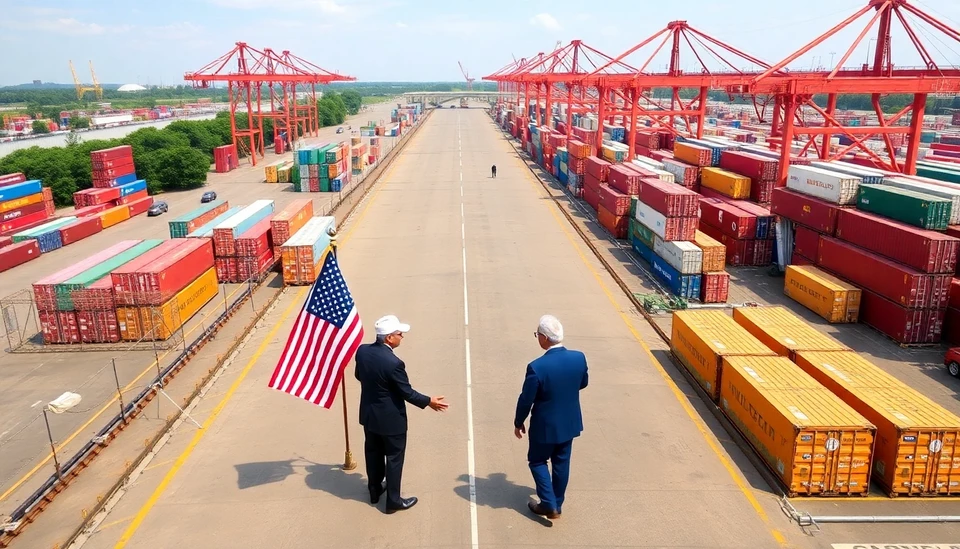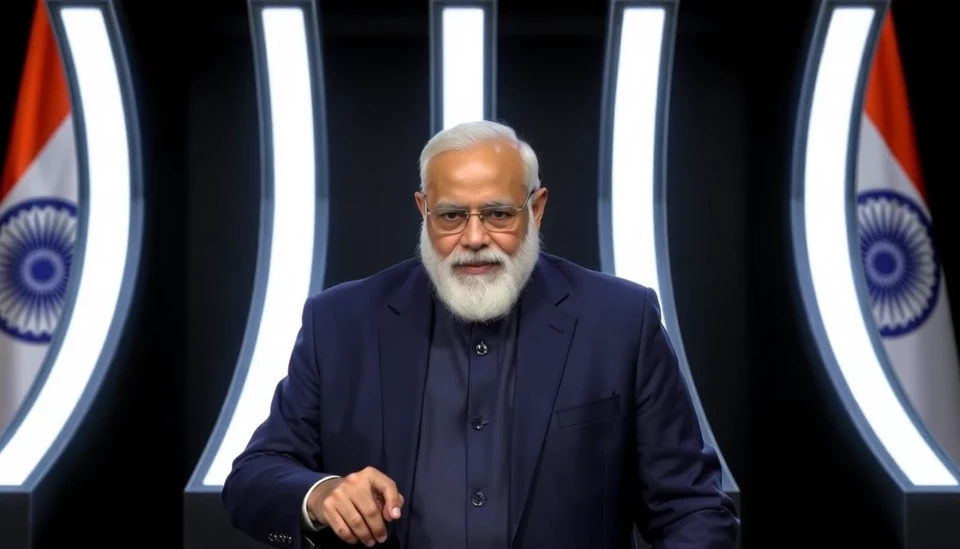
In a strategic move aimed at bolstering economic ties, India is redirecting its focus towards finalizing a crucial trade deal with the United States. This decision comes in light of ongoing tensions surrounding US-imposed tariffs that have impacted a variety of goods exported from India. Rather than retaliating against these tariffs, Indian officials have opted for diplomacy, reflecting a long-term vision for economic collaboration with one of its key trading partners.
This approach marks a significant shift in India’s trade policy, as the government strives to enhance bilateral trade relations and investment opportunities, especially in sectors like technology, defense, and renewable energy. Officials have underscored their commitment to resolving trade disputes through dialogue and negotiation rather than through reciprocal tariff increases.
The US has levied tariffs on select Indian products, citing unfair trade practices and concerns over market access. India, on the other hand, has framed its response as an opportunity to engage constructively with the US, aiming to leverage the trade deal negotiations to achieve a more balanced economic relationship. This trade negotiation is particularly vital as both nations navigate the complexities of a changing global economic landscape.
Key Indian policymakers have stated that they are optimistic about overcoming existing challenges through cooperative efforts. They highlighted the importance of aligning regulatory standards and facilitating smoother trade flows between the two nations. The Indian government is also engaging with American business leaders to identify areas where mutual interests could lead to greater investment and market access.
As India seeks to solidify its position as an emerging market player, the focus on trade with the US illustrates a broader strategy to diversify its economic partnerships while safeguarding its domestic industries. The Indian administration views the successful negotiation of trade agreements not only as a means to enhance economic growth but also as a way to bolster its geopolitical standing in the region.
The outcome of these discussions could pave the way for a more comprehensive economic partnership, addressing tariffs, trade imbalances, and mutual regulatory concerns. The Indian government remains hopeful that through sustained dialogue, they can reach a resolution that benefits both sides and strengthens the economic ties that bind the two nations.
With these developments, India aims not just to resolve current disputes but to lay the groundwork for long-term strategic trade relations that can withstand future economic fluctuations. As the dialogue continues, stakeholders from both nations are keenly watching to see how this trade negotiation unfolds and its implications for global trade dynamics.
With the world’s eyes on these negotiations, the outcome is poised to have significant ramifications for the global economic framework, especially as countries work to recover from the disruptions caused by the pandemic and shifting trade alliances.
As India navigates this intricate landscape, its unwavering commitment to engage constructively with the US remains evident, signaling a hopeful path toward an enriched partnership built on mutual respect and shared economic ambitions.
#India #USTrade #TariffNegotiations #BilateralTrade #EconomicPartnership #GlobalEconomy
Author: Rachel Greene




